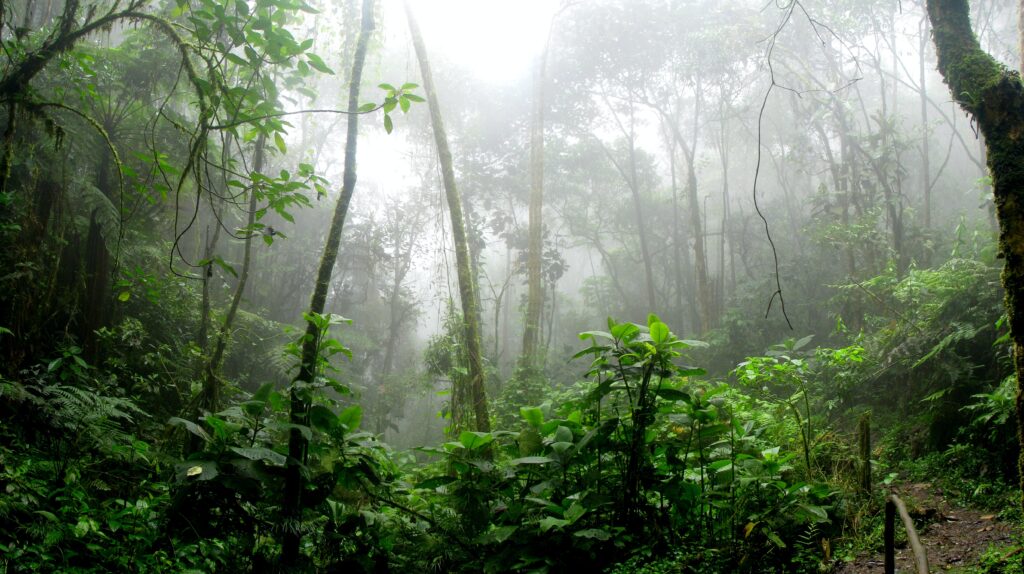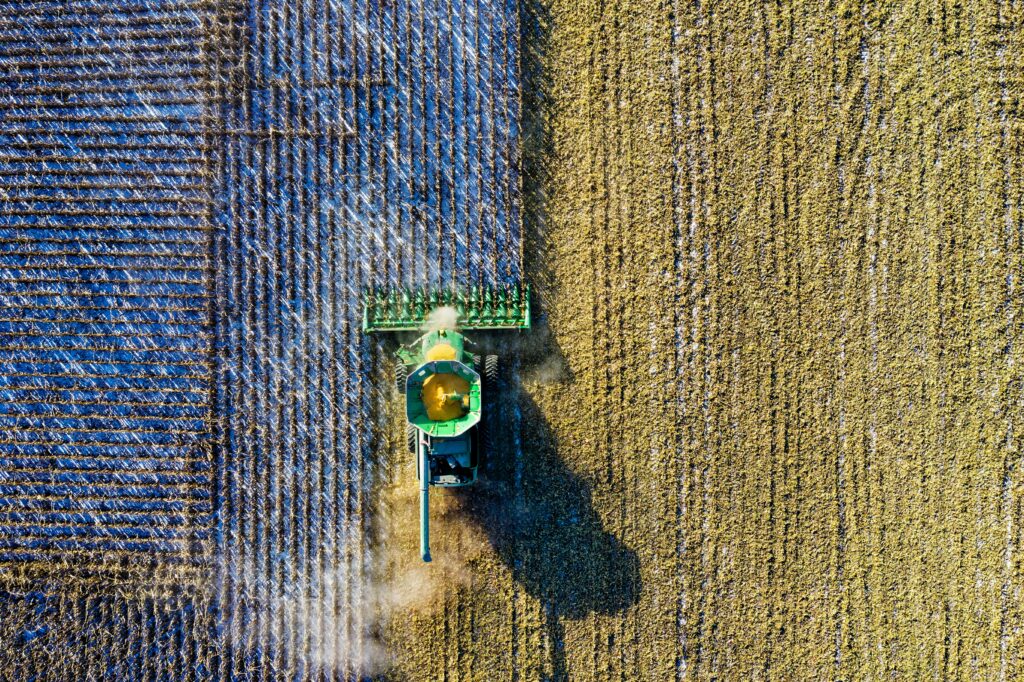It is difficult to identify a single main crop of the Amazon, as the region is home to a diverse array of crops. The Amazon rainforest is home to a wide variety of staple crops that are grown for local consumption, such as manioc (cassava), plantains, and rice, as well as a range of other crops, including beans, corn, and vegetables.
In terms of export crops, soybeans and beef are two of the most significant crops grown in the Amazon. These crops are often grown on land that has been cleared of forest, and their cultivation has been a major driver of deforestation in the region. Other export crops grown in the Amazon include coffee, cocoa, and rubber.
What do farmers grow in the Amazon?
Farmers in the Amazon region grow a diverse array of crops, including both staple foods for local consumption and export crops. Some of the main crops grown in the Amazon include:
- Manioc (cassava): A starchy root vegetable that is a staple food for many people in the Amazon region.
- Plantains: A type of banana that is a staple food in many parts of the Amazon.
- Rice: A staple grain that is grown in some areas of the Amazon.
- Soybeans: A major export crop in the Amazon, used for the production of animal feed, cooking oil, and other products.
- Beef: Cattle ranching is a significant driver of deforestation in the Amazon, and beef is a major export commodity from the region.
- Coffee: Coffee is grown in some areas of the Amazon, particularly in the higher elevations.
- Cocoa: The Amazon region is home to some of the world’s largest cocoa-growing areas.
- Rubber: Rubber is grown in the Amazon region, primarily for use in the production of tires.
In addition to these crops, farmers in the Amazon may also grow a variety of other crops, including beans, corn, and vegetables.
What are the top 4 crops grown?
It is difficult to identify the top four crops grown in the Amazon region as a whole, as the region is home to a diverse array of crops, and different crops may be more important in different areas. However, some of the major crops grown in the Amazon include:
- Soybeans: Soybeans are a major export crop in the Amazon, used for the production of animal feed, cooking oil, and other products.
- Beef: Cattle ranching is a significant driver of deforestation in the Amazon, and beef is a major export commodity from the region.
- Manioc (cassava): A starchy root vegetable that is a staple food for many people in the Amazon region.
- Plantains: A type of banana that is a staple food in many parts of the Amazon.
Other significant crops grown in the Amazon include rice, coffee, cocoa, and rubber. The importance of these crops may vary depending on the specific region and local market conditions.
What are 3 plants in the Amazon rainforest?
The Amazon rainforest is home to a staggering diversity of plants, with an estimated 40,000 species of vascular plants and at least 2.5 million species of insects. Here are three examples of plants that can be found in the Amazon rainforest:
- Brazil nut tree: This tall, slender tree is found throughout the Amazon rainforest and is known for its edible nuts, which are an important source of food and income for many people in the region.
- Cacao tree: The cacao tree is the source of cocoa beans, which are used to make chocolate. Cacao trees are native to the Amazon region and are grown on small family farms in the forest.
- Rubber tree: Rubber trees are found throughout the Amazon rainforest and are an important source of rubber, which is used in the production of tires and other products. Rubber trees are often grown as part of an agroforestry system, in which they are grown alongside other crops in a way that is compatible with the conservation of the forest.
What is the number 1 Main crop grown in Amazon?
It is difficult to identify a single main crop grown in the Amazon, as the region is home to a diverse array of crops, and different crops may be more important in different areas. Some of the major crops grown in the Amazon include soybeans, beef, manioc (cassava), plantains, rice, coffee, cocoa, and rubber.
Soybeans and beef are two of the most significant export crops grown in the Amazon, and their cultivation has been a major driver of deforestation in the region. Manioc, plantains, and rice are important staple foods for local consumption, while coffee, cocoa, and rubber are also significant export crops.
It is worth noting that the importance of these crops may vary depending on the specific region and local market conditions. In some areas, one particular crop may be the main source of income and food, while in others a diversity of crops may be grown.
Is rice grown in the Amazon rainforest?
Yes, rice is one of the crops that is grown in the Amazon rainforest. Rice is a staple grain that is grown in some areas of the Amazon, primarily for local consumption. Rice is a relatively adaptable crop and can be grown in a variety of soil and climate conditions, making it well-suited to the diverse environment of the Amazon.
It is worth noting that rice is not a major export crop in the Amazon, and it is not a significant driver of deforestation in the region. In contrast, large-scale cattle ranching and the cultivation of soybeans, two of the main export crops grown in the Amazon, have been major drivers of deforestation in the region.





